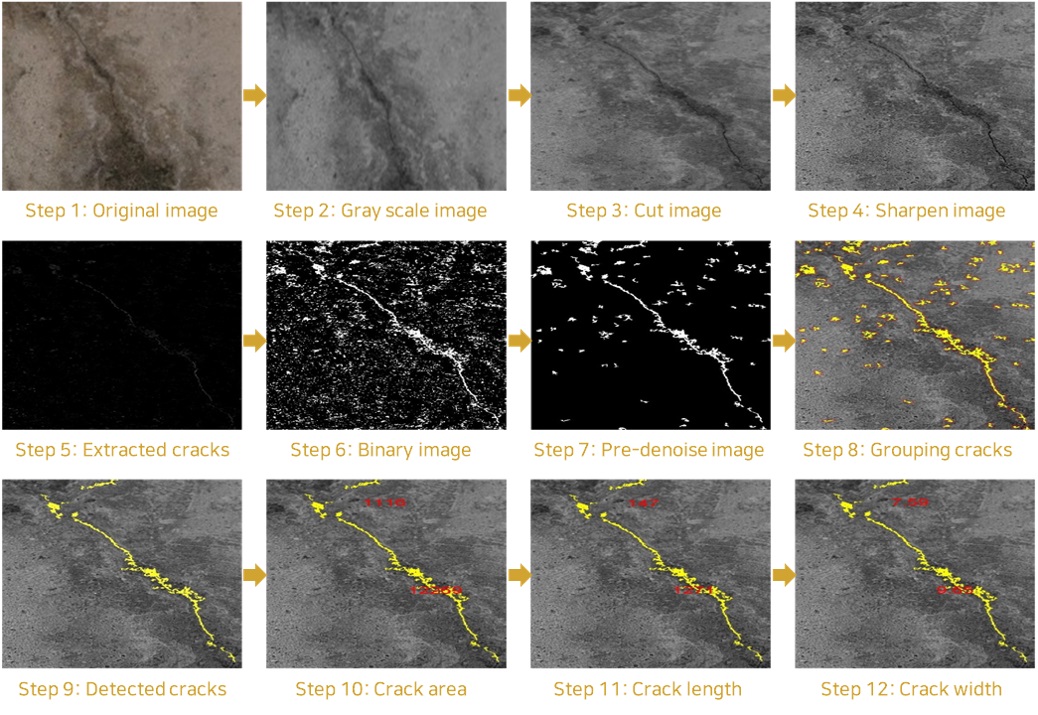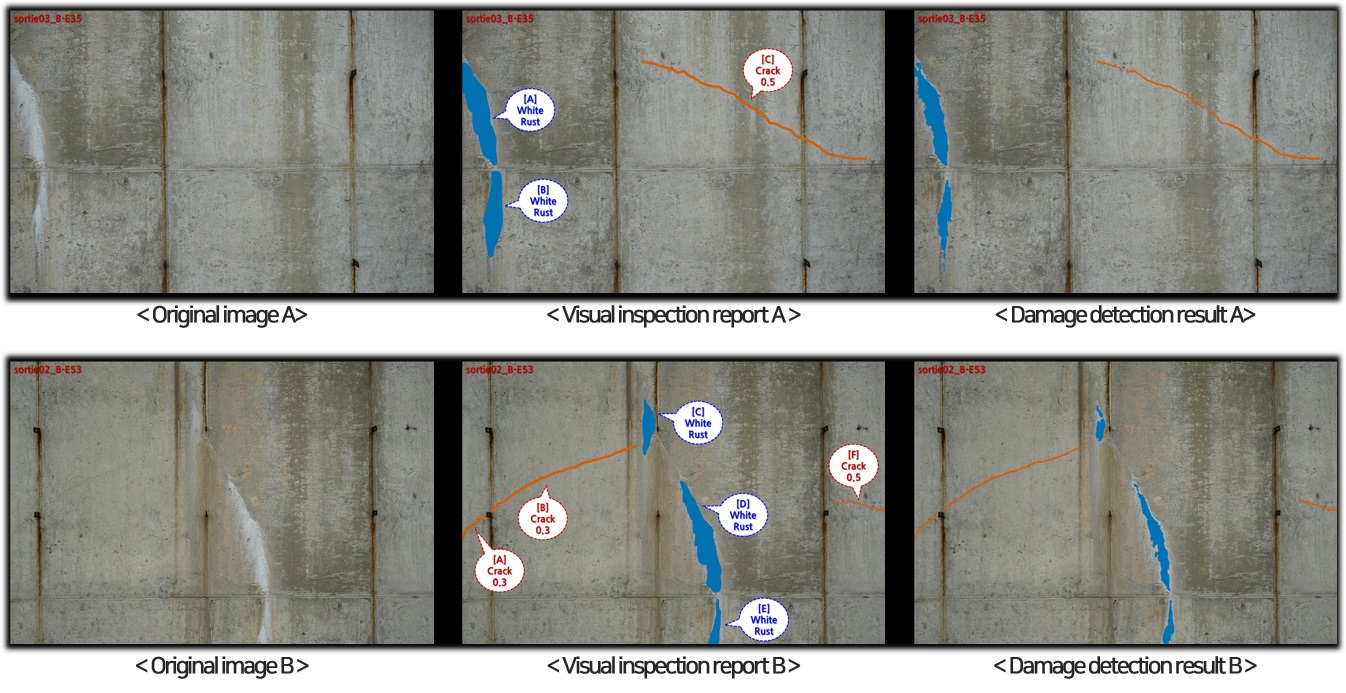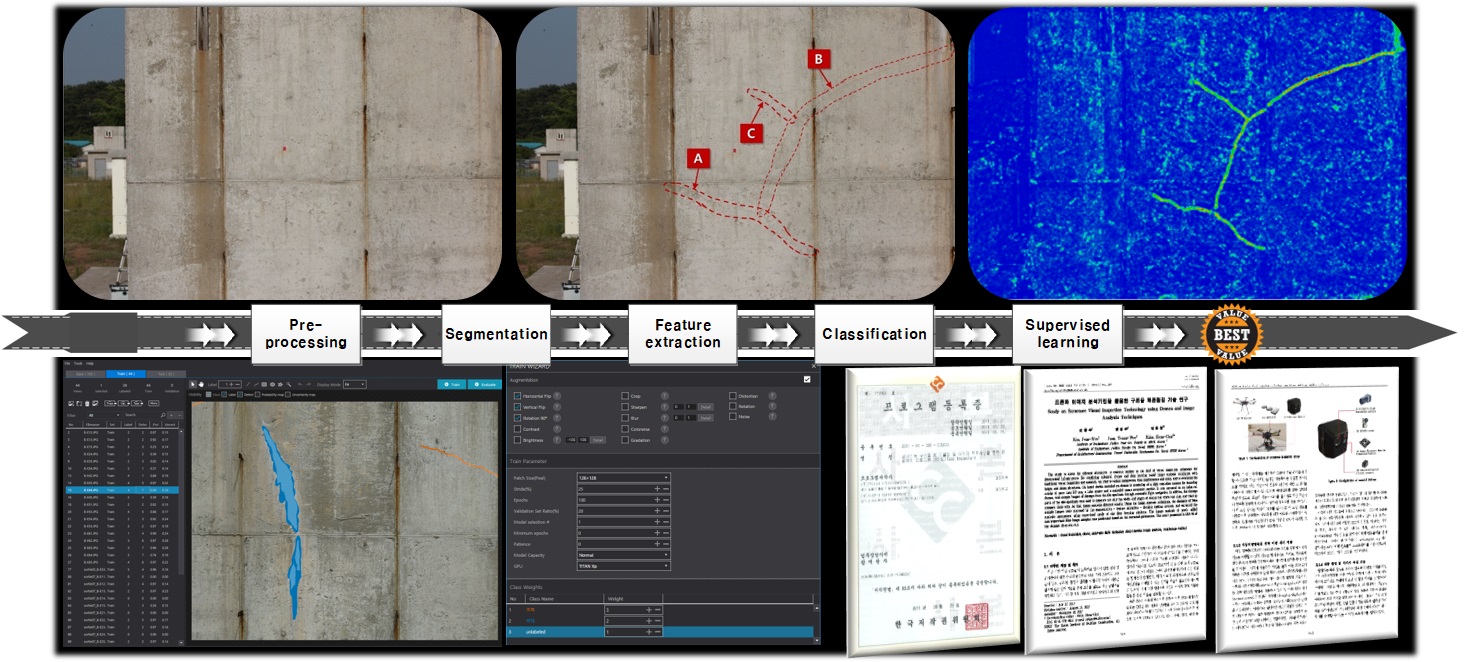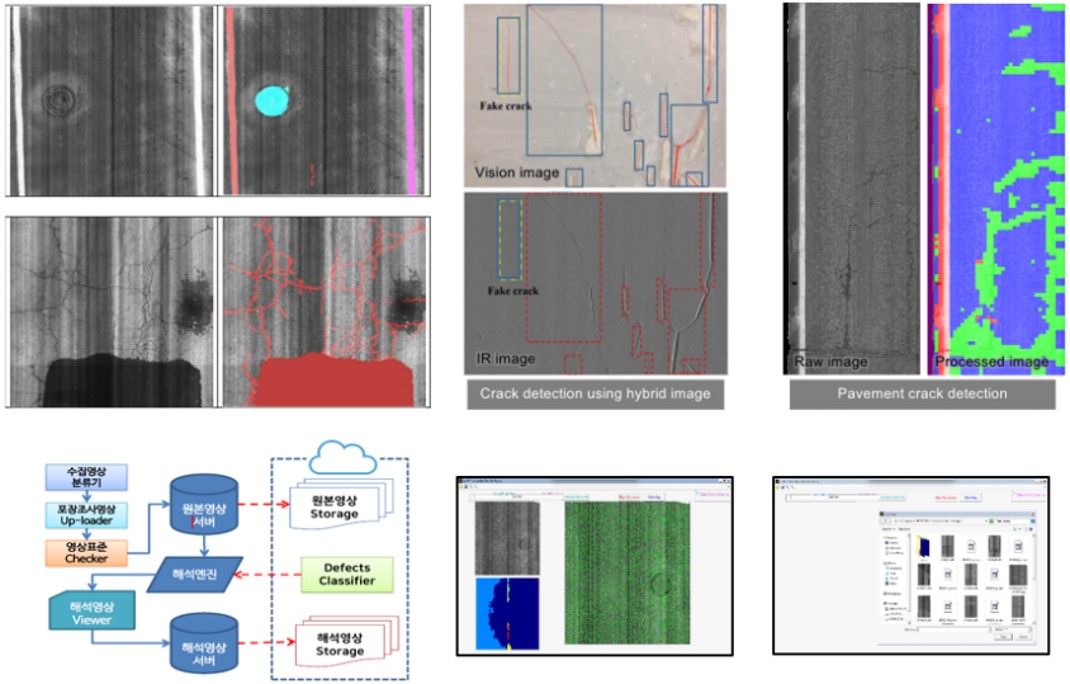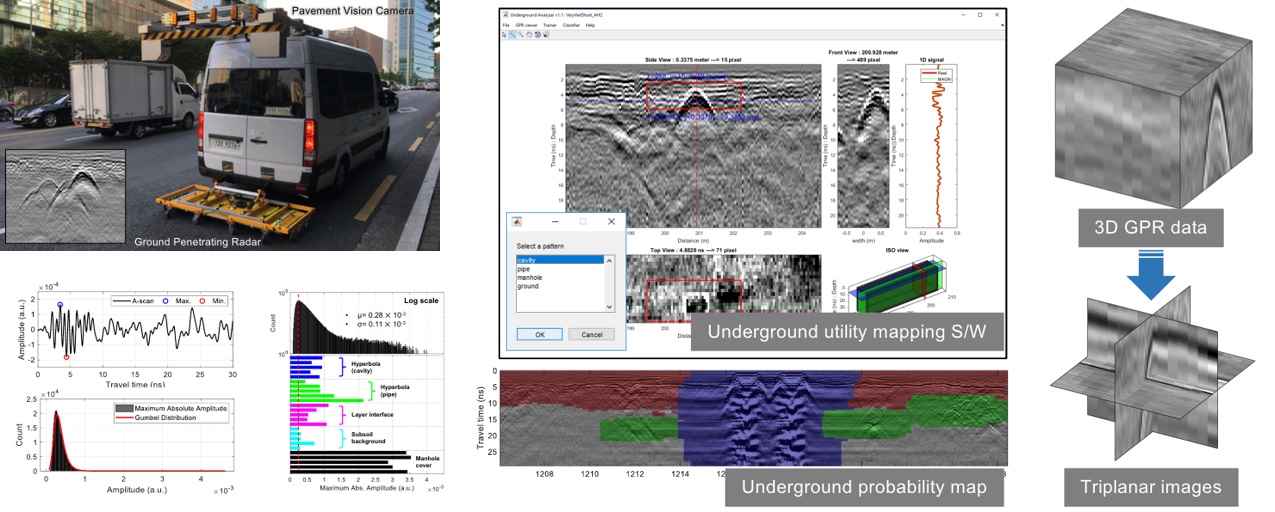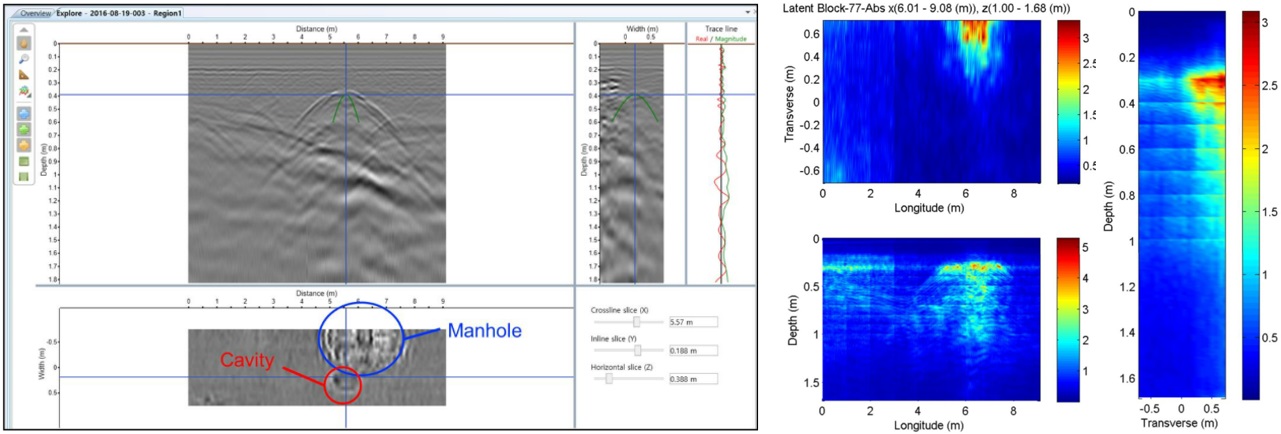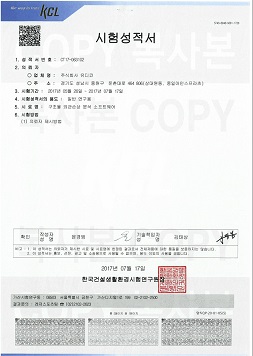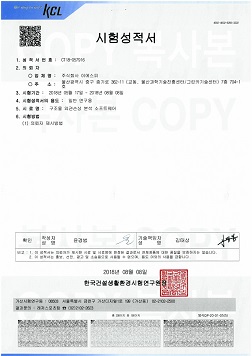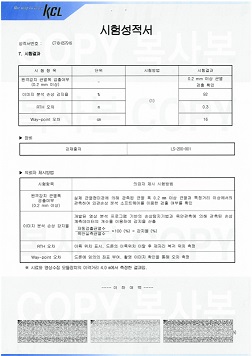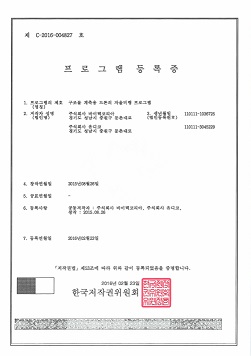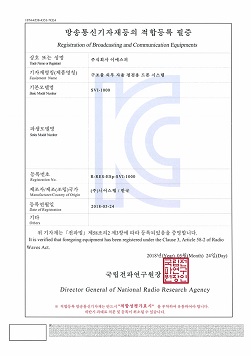Deep Learning AI-based Image Inspection
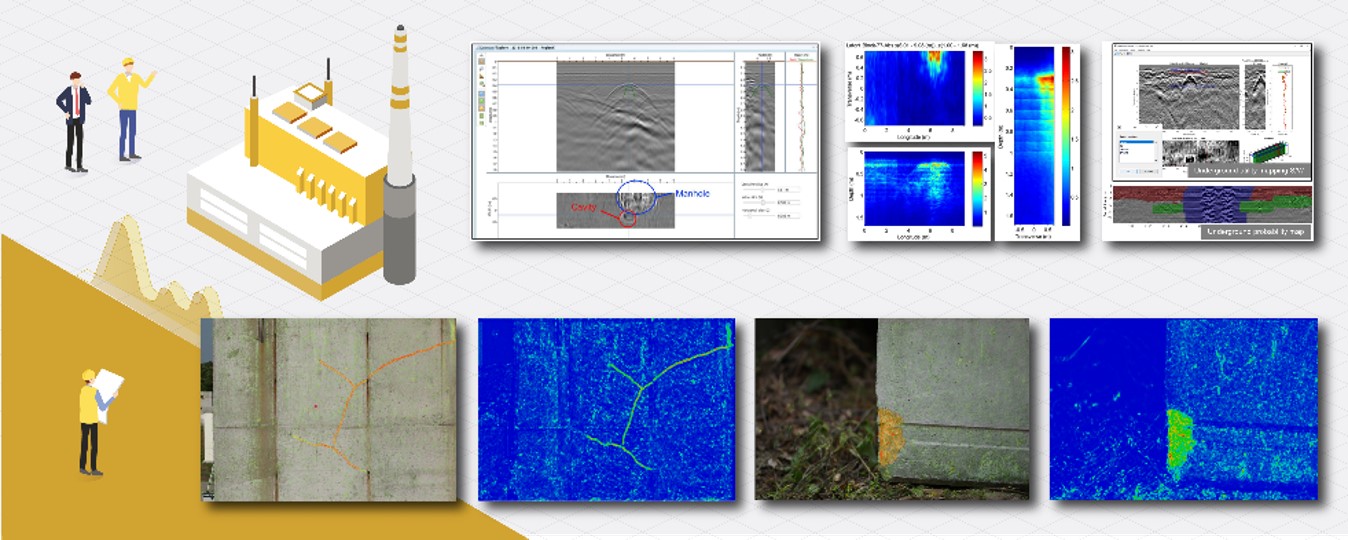
Innovative solutions
Structure damage inspection technology was mainly measuring the width of cracks visually, and it is extended to a program that can measure the length and area of damage. “Crack viewer”, deep learning AI-based image analysis solution is not only automatically analyzes defects such as cracks, efflorescene, pupils and peeling using captured images, but also provides quantitative data on the type and amount of damage.
Improved detection result
Conventional rule-based image analysis techniques have the disadvantage of processing different procedures with different parameters depending on the type of damage in order to detect damage such as cracks, whites and peeling. Also, even for the same type of damage, detection results may vary greatly depending on the shooting quality or environment such as illuminance and focal length. Therefore, this technology specializes in morphology techniques for damage detection of structures and deeply improves damage detection results by conducting supervised learning according to damage types by applying deep learning based platform.
Effective application
Image analysis can be divided into damage detection methods and techniques for learning feature points for detection. First of all, many effective image processing techniques and pattern recognition techniques, such as preprocessing through filtering, pattern recognition, image superposition recognition and shape detection, and combination, were considered to detect structural damage. These techniques can be effectively applied when the quality of captured images is poor or when image correction is required to extract certain elements.
Parameters optimization
For image analysis, the damage is separated by Pre-processing-segmentation-feature extraction-classification-classification-supervised learning process using the collected original image. "Crack viewer" automatically extracts the best parameters for image analysis using supervised learning procedures with deep learning based platform
